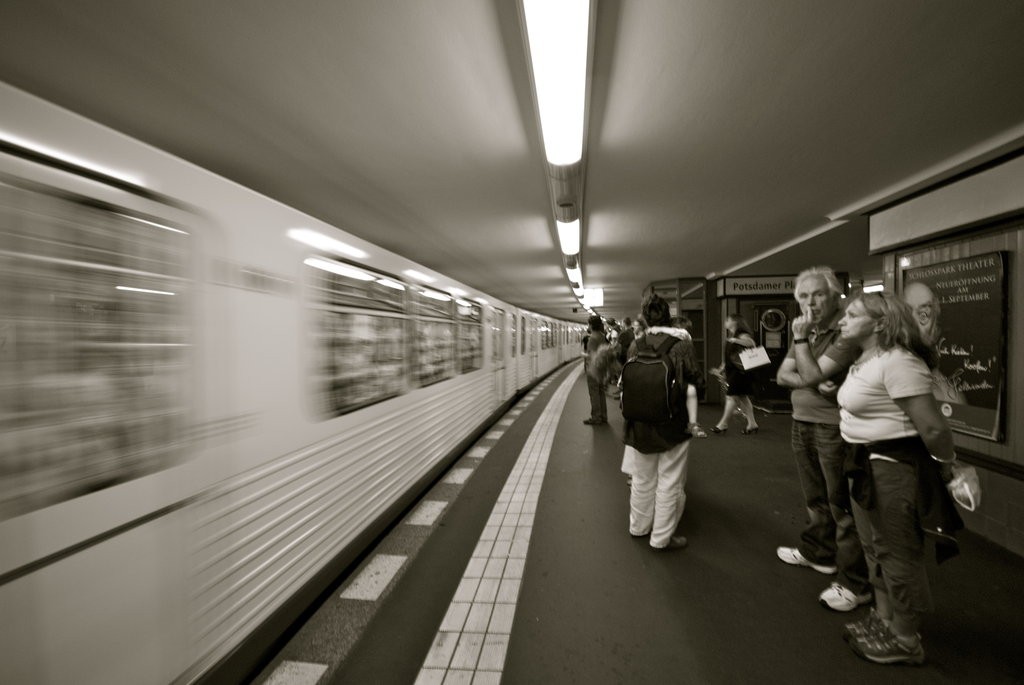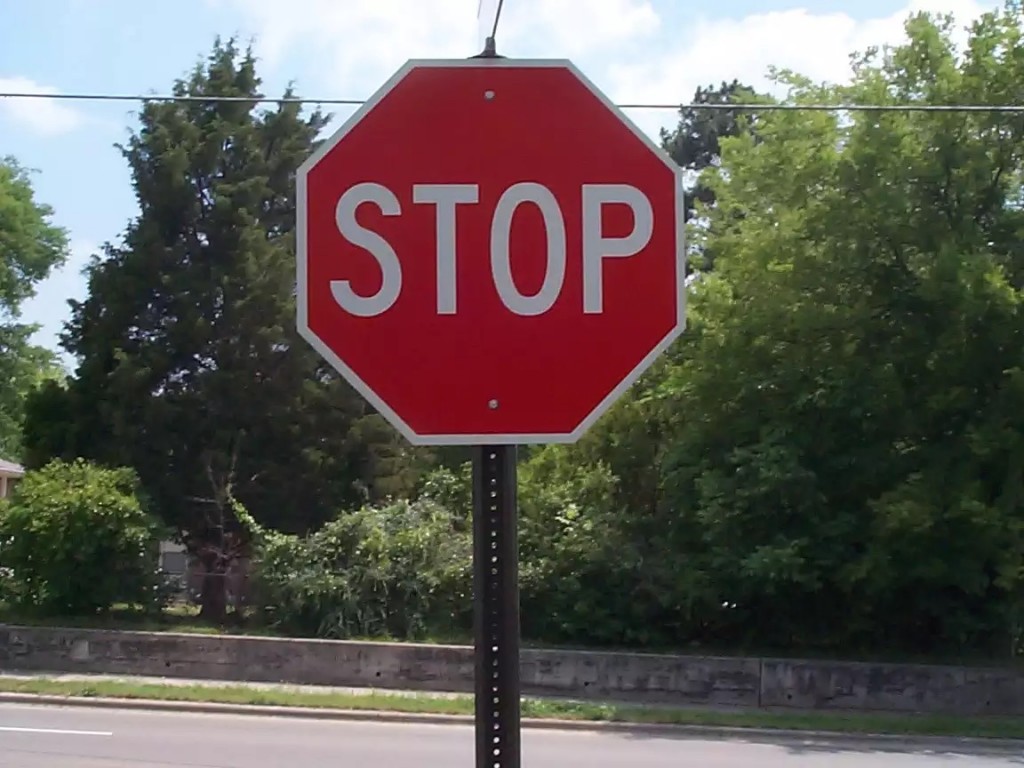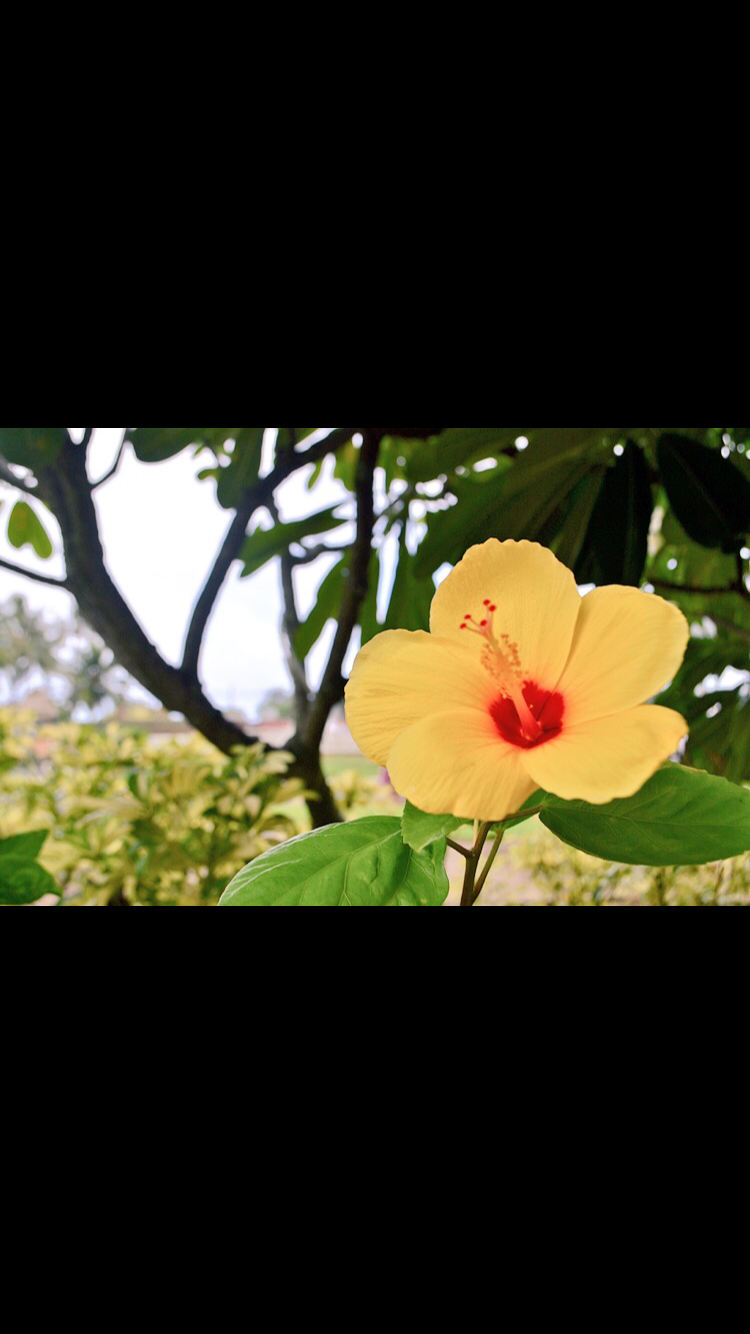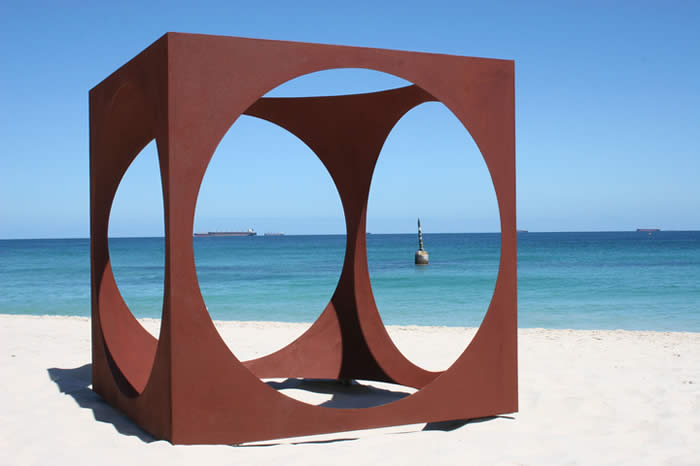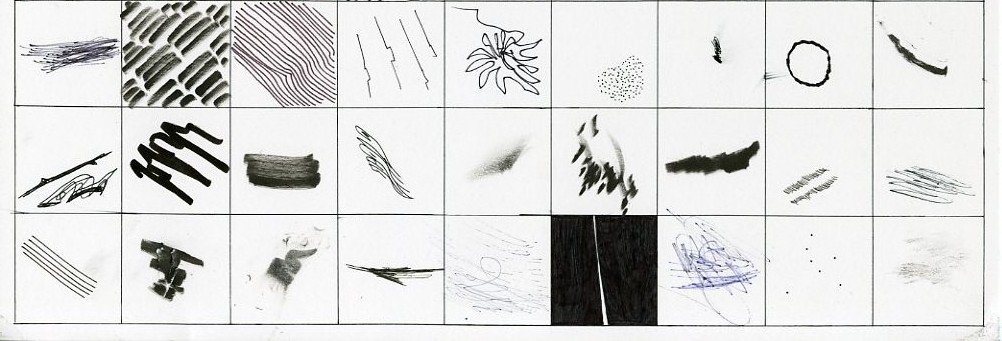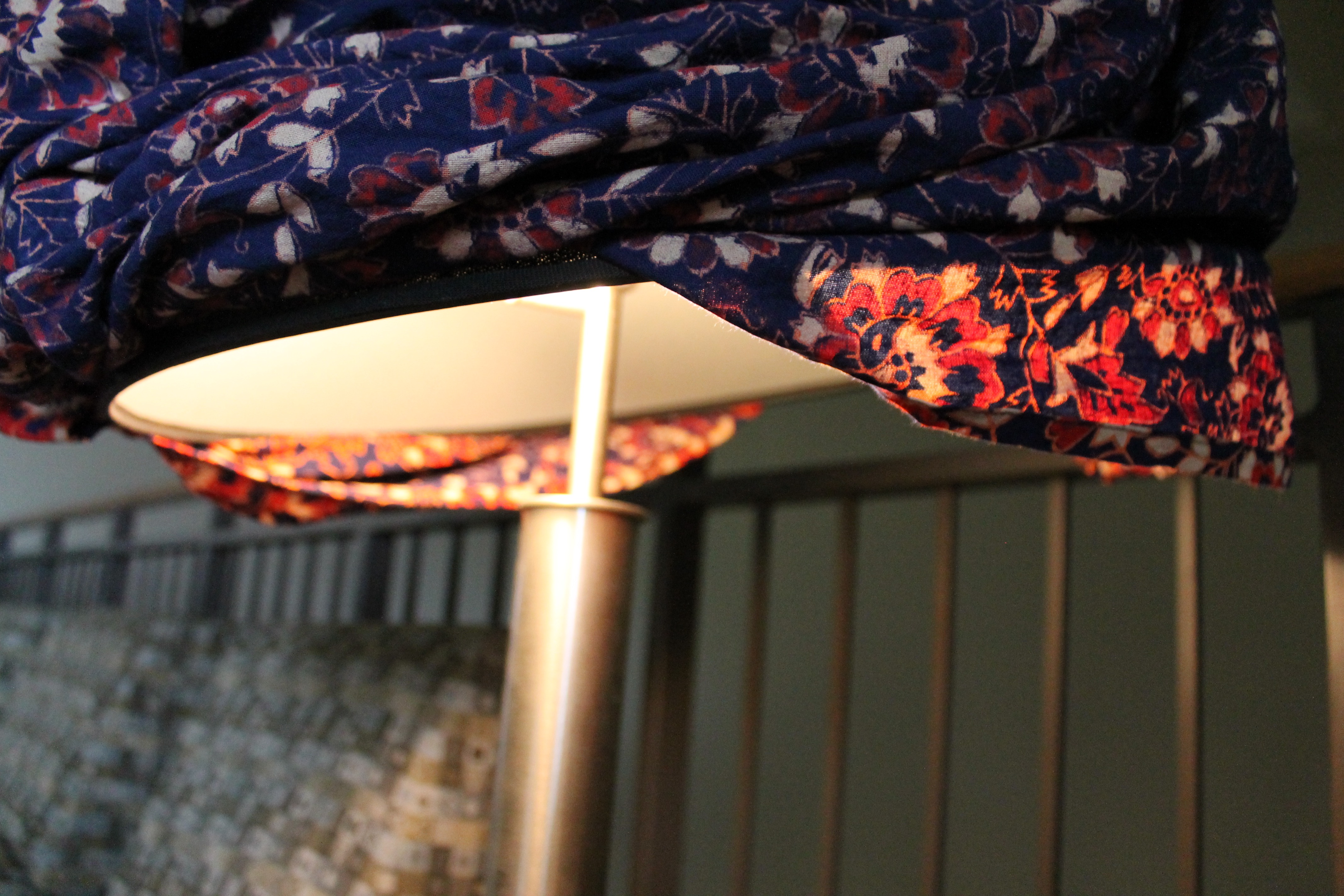Reading 4 | Nothing to Lose
1. How is Warhol able to turn in “off” and based upon the article does he not care about the work?
Warhol explains that he can turn it “off” while reading–when perusing magazines, for example, he says that he merely looks at the pictures and words without actually reading or understanding it. He lets it just happen. He explains further, “There’s no meaning to the words, I just feel the shapes with my eye” (149). The longer you look at something, he adds, the less meaning you get from it. This ability to turn it “off” also directly applies to his painting. He explains how he’s read about himself in magazines where his “machine method of silk-screen copying and painting [are described as] ‘A bold and audacious solution!'” (149). However, he felt his work was much less planned, more accidental than critics felt it was. On page 145 Warhol explains how with “factory” assistants, he was actually working far less than people would assume. Fame or glory was never important for him, and recognition makes him feel no different. After reading this, it’s fair that Warhol could be seen to not care about his own work, especially in how careless his approach seems to be towards his paintings at times. He says that it’s too difficult to care, to be close to things and other people, even his own paintings. It is precisely because he doesn’t like to touch things that he feels so distant from his own work.
2. Why is the article relevant to the last project?
To me, this article is relevant to the last project in that The Factory required multiple hands to build and create and “crank things out every day”, similar to The Shelter Project, which requires multiples sets of hands to build a physical structure in a short amount of time. He writes that he just makes the plans, and they’re carried out by someone else, much like our project. One person’s design was chosen, and now it is being carried out by a team of people.
Personal Reflection
1. Do you become self-conscious of your ideas?
I do–I become self-conscious of my ideas because I’m often not as great as explaining them out loud than I am to myself. In my own head, an idea will sound great and feasible, but out loud it often loses some of that quality. It’s an issue I’m working on.
2. What do you think of the nothing-to-lose attitude? What are it’s pros and cons?
To me, the idea of having The Factory, is both good and bad. It’s good in that it is extremely efficient, and it’s a way of creating money with relative ease. However, with a “factory” environment you also get the sense of disconnect from your own work, as Warhol mentions in the article. It seems to become less “yours” and more “ours.” So aside from loss of ownership over an idea, you also have a loss of purpose and meaning. When you are simple “cranking out” sculptures, paintings, and movies every day, what are you really saying? The message seems to be a lack of care and importance–that a project isn’t worth it to you to spend careful time in creating.


